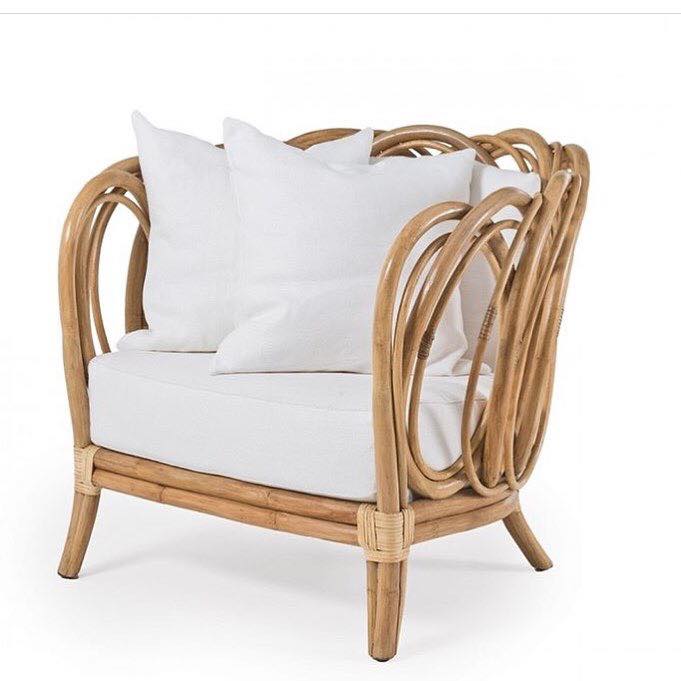RATTAN
Most rattans differ from other palms in having slender stems, 2–5 cm diameter, with long internodes between the leaves; also, they are not trees but are vine-like, scrambling through and over other vegetation. Rattans are also superficially similar to bamboo. Unlike bamboo, rattan stems ("malacca") are solid, and most species need structural support and cannot stand on their own. However, some genera (e.g. Metroxylon, Pigafetta, Raphia) are more like typical palms, with stouter, erect trunks. Many rattans have spines which act as hooks to aid climbing over other plants, and to deter herbivores. Rattans have been known to grow up to hundreds of metres long.
Generally, raw rattan is processed into several products to be used as materials in furniture making. The various species of rattan range from several millimetres up to 5–7 cm in diameter. From a strand of rattan, the skin is usually peeled off, to be used as rattan weaving material. The remaining "core" of the rattan can be used for various purposes in furniture making. Rattan is a very good material mainly because it is lightweight, durable, suitable for outdoor use, and—to a certain extent—flexible.
Furniture making
Rattans are extensively used for making furniture and baskets. When cut into sections, rattan can be used as wood to make furniture. Rattan accepts paints and stains like many other kinds of wood, so it is available in many colours; and it can be worked into many styles. Moreover, the inner core can be separated and worked into wicker.
Handicraft and arts
Many of the properties of rattan that make it suitable for furniture also make it a popular choice for handicraft and art pieces. Uses include rattan baskets, plant containers and other decorative works.Due to its durability and resistance to splintering, sections of rattan can be used as staves or canes for martial arts— 70 cm-long rattan sticks, called baston, are used in Filipino martial arts, especially Arnis/Eskrima/Kali and for the striking weapons in the Society for Creative Anachronism's full-contact "heavy combat".
Rattan as a shelter material
Most natives or locals from the rattan rich countries employ the aid of this sturdy plant in their home building projects. It is heavily used as a housing material in the rural areas. The skin of the plant or wood is primarily used for weaving.
